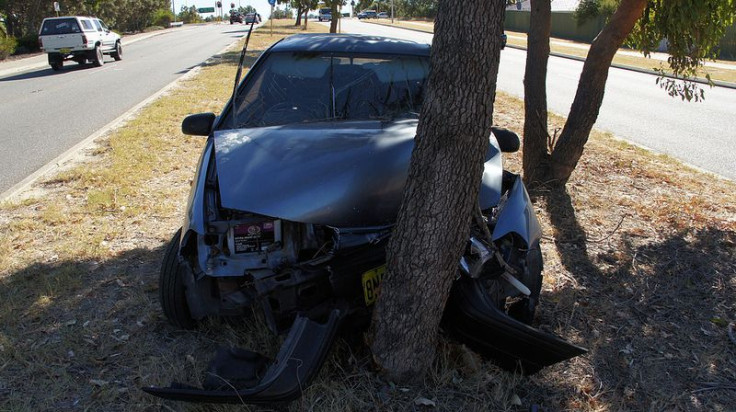Lack Of Trauma Care In Rural Areas Results In More Deaths Than Urban Areas

Urban areas, such as New York City and Los Angeles, have been synonymous at one point or another, for crime and danger. Consequently, many people fled to rural areas in hopes of living a safer life, but new research suggests that large cities are much safer than those who live in small towns.
"Cars, guns, and drugs are the unholy trinity causing the majority of injury deaths in the U.S.," Dr. Sage Myers, lead author of the study, said told the media.
Even though the risk of homicide is higher in big cities, unintentional injury death is 40 percent higher in rural areas than in most urban areas, Myers said. He found that the overall rate of unintentional injury deaths is 15 times higher than the rate of homicide among the entire population.
"This has important implications about staffing of emergency department and trauma care systems in rural areas, which tend to be underserved as it is," she said.
Unintentional Injury Deaths in Rural Areas
Myers and her team examined the records of 1,295,919 injury deaths that occurred between 1999 and 2006. They found that the risk of death through unintentional injury was 22 percent higher in the most rural counties than in the most urban. These deaths included car crashes, which lead to 27.6 deaths per 100,000 people in the rural areas, compared to only 10.6 people per 100,000 in urban areas.
When it came to gun-related deaths, there were no significant disparities between rural and urban areas. However, they did find that rural areas showed more gun-related deaths among those who were kids or over 45 years old.
They also found that the predominant race living in these counties determined the risk. In rural counties with larger black populations, there was a lower risk of injury death than in those with small black populations. For Latino populations it was the opposite; rural populations with large Latino communities had a higher risk of injury death.
Those populations that were more college-educated and had median incomes were also at a higher risk of injury death.
Trauma Care In Rural Areas, Or Lack Thereof
A report by the Patient-Centered Outcomes Research Institute (PCORI) found that the roughly 62.5 million people — or about 20 percent of the population — who live in rural areas don't have adequate access to trauma care.
Centers for trauma care, which are split up into level I-IV, with level I trauma centers able to provide the highest level of trauma care, are not evenly distributed around the country, according to the PCORI report. Authors note that care at a level I center has been shown to reduce the risk of mortality in the severely injured by 25 percent, yet almost 45 million Americans don't live within an hour of these centers.
Furthermore, at least 31 percent of rural residents are more than an hour away from level I-III trauma centers, compared to 12 percent of urban residents.
The reason unintentional injury deaths are so much higher in rural areas is because the risk factors are higher. PCORI reported that increased driver speed and improper use of safety devices, such as seat belts and helmets, in rural areas could contribute to the higher incidence of trauma. The institute also suggested that drinking and driving, a higher prevalence of loaded unlocked firearms at home, and an increased exposure to farm-related injuries due to agricultural machinery, could also play a part.
"By digging deep into the data, we may be able to tailor injury prevention efforts to the populations that need them, such as seniors in cities who are more likely to fall and rural children who are more likely to drown," Myers said. "This data is relevant to staffing issues as well. Injury-related mortality risk is highest in areas likely to be covered by emergency physicians and least likely to have trauma care."
Published by Medicaldaily.com



























